Have you ever heard of the “Alabama croton”? I wouldn't be surprised if you haven’t, but I am here to tell you to add this native shrub to your “must have” list pronto!
Most people are familiar with the houseplant sold as “croton”. With colorful foliage, that frost sensitive, low light tolerant plant is not technically a croton at all. (Yet another example of why common names generate mass confusion!) That houseplant is actually Codiaeum variegatum, a member of the spurge family, Euphorbiaceae. And that family is the one thing these two very different plants have in common.
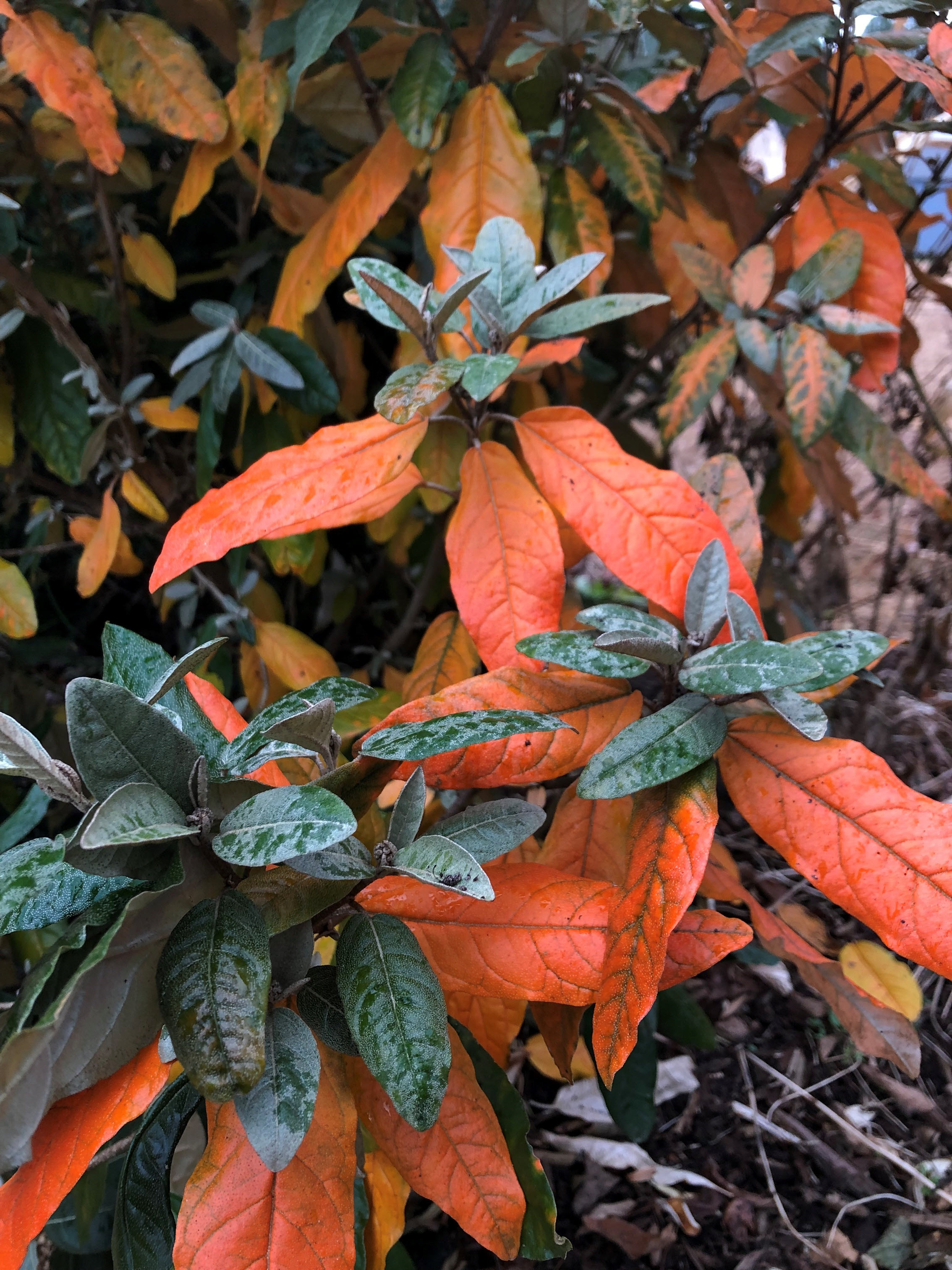
Alabama croton's leaves have a silvery underside that is beautiful all year long. As a bonus in the fall, the oldest leaves turn pumpkin-orange for an amazing display.
A Brief Lesson in Croton Taxonomy
The Euphorbiaceae family is the fifth largest plant family and has about 7,500 species including 300 genera, 37 tribes, and 3 distinct subfamilies: Acalyphoidaea, Crotonoideae, and Euphorbidoideae. This bit of information helps categorize the plants in a more accurate way and specifically relates the level of toxicity present in the latex. Keep reading to understand why that is important!
What does a plant family mean? It is a taxonomic grouping of multiple genera that share some specific trait such as leaf pattern, flower form, seed, or nut structure. In recent years botanists have reclassified many plant names (genus and species) and their families because of advanced DNA information.
In the case of “croton” and its inclusion in the Euphorbiaceae family, it is the shared feature of having a poisonous, milky, white latex sap and the unique floral structures that the bond the plants in this family. The small, yellow-green blooms of both the “real Croton” and the houseplant are like those of a very famous close relative, the poinsettia!
A Favorite Native Shrub
But this is NOT a blog about house plants. Instead, I want to share details on the REAL Croton, a fabulous native shrub that deserves a spot in your garden. With brilliant orange fall color and silvery foliage this heat and drought tolerant plant is easy to grow and will provide year-round interest.
Croton alabamensis is native to the southeast, specifically Alabama, where it grows along woodland edges, tolerating a variety of environments, from seasonal boggy conditions to dry soil. It can grow in part shade to full sun, making it the answer to any tricky location in your landscape.
With its loose, open, semi-deciduous habit this shrub can reach around six feet tall and wide over time. It is a slow to moderate grower, even in ideal conditions. For example, my bush has been planted for 6 years and is only 3’ x 3’, which not a complaint, just an observation. This growing habit lends itself ideal for residential landscapes where “low maintenance” tends to be motivating factor. If I ever did need to prune it, the branches would first be used in a flower arrangement, as the foliage is GORGEOUS!
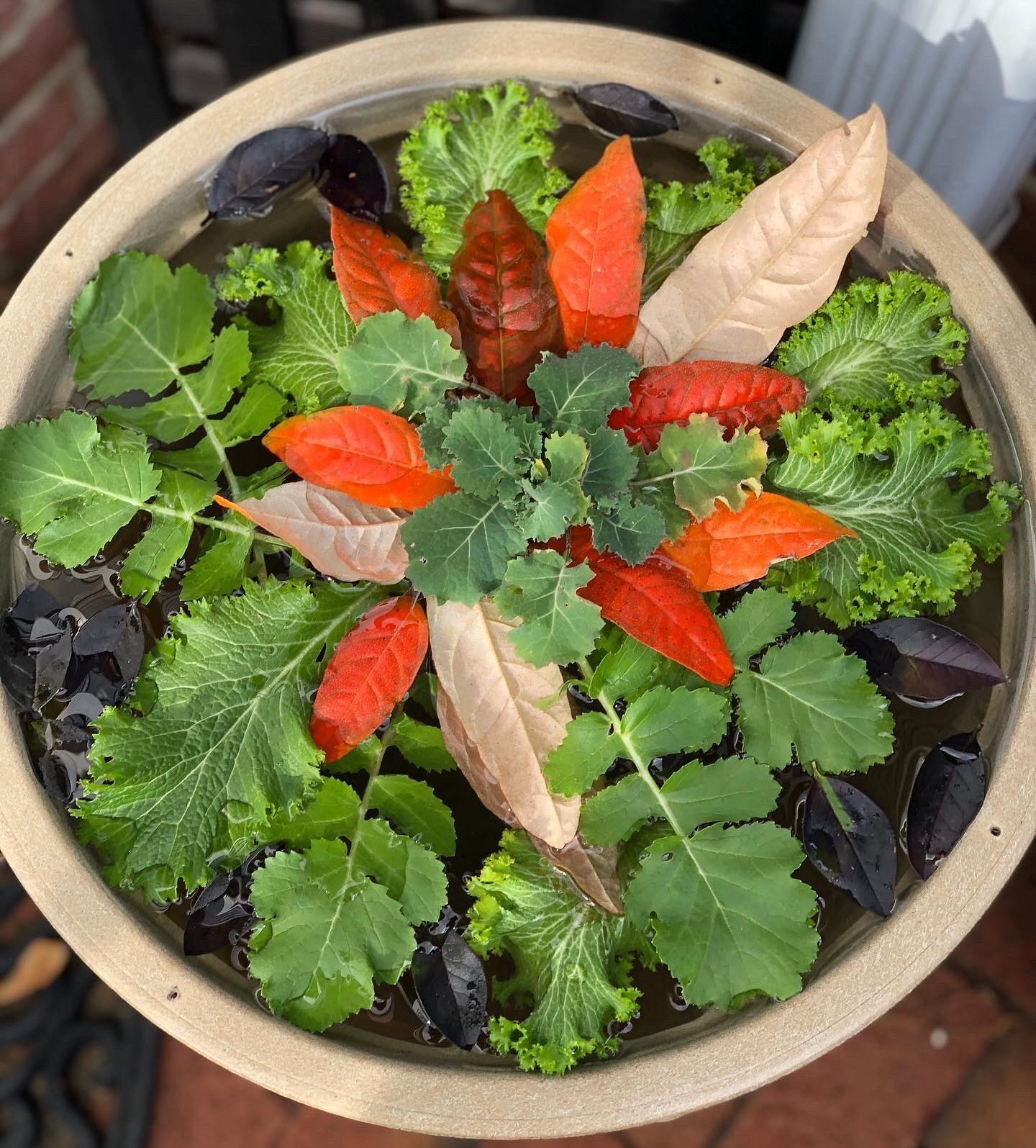
Floating arrangements are one of my favorite ways to enjoy my winter garden. If you follow me on Instagram you already know this! The rich orange leaves from Alabama croton really make this arrangement pop.
Glorious Foliage
When I first saw this growing 15 years ago, I fell deeply in love because of the leaves. The foliage is bright green on top and has the most incredible silvery undersides. The individual leaves are so beautiful they look fake. When it came time to plan flower arrangements for my wedding in 2012, I knew this plant had to be included to contrast the chocolate brown of the Weston Farms custom magnolia garlands, wreaths, and bouquets that decorated our outdoor venue.
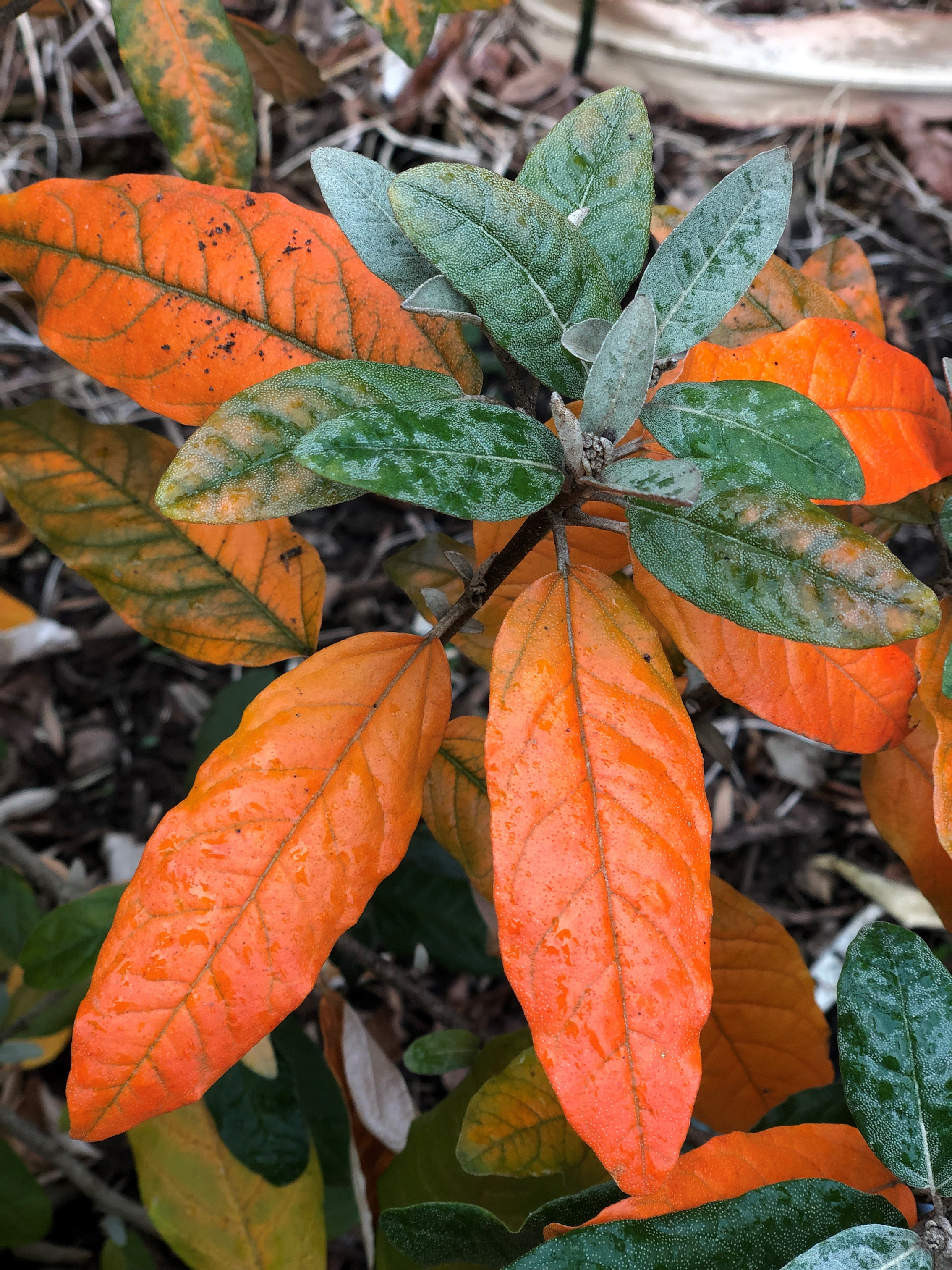
Not only is this a great addition to arrangements, but it is also an ideal plant for the southern landscape. In late fall the most amazing thing happens as the oldest leaves turn a showy pumpkin-orange contrasting that silver in the most dynamic way. I rate this at 5 stars for its colorful foliage display.
Maintenance - Just Let It Grow
Perhaps even more important is the “no maintenance” reality of this plant. I do not say (or write) those words lightly. In my 10+ years of cultivating Croton alabamensis I have had to do NOTHING. Add to that the adaptability of this shrub to grow in a wide range of conditions, including full blazing sun with no irrigation and you have a plant that makes even the most hands off gardener happy!
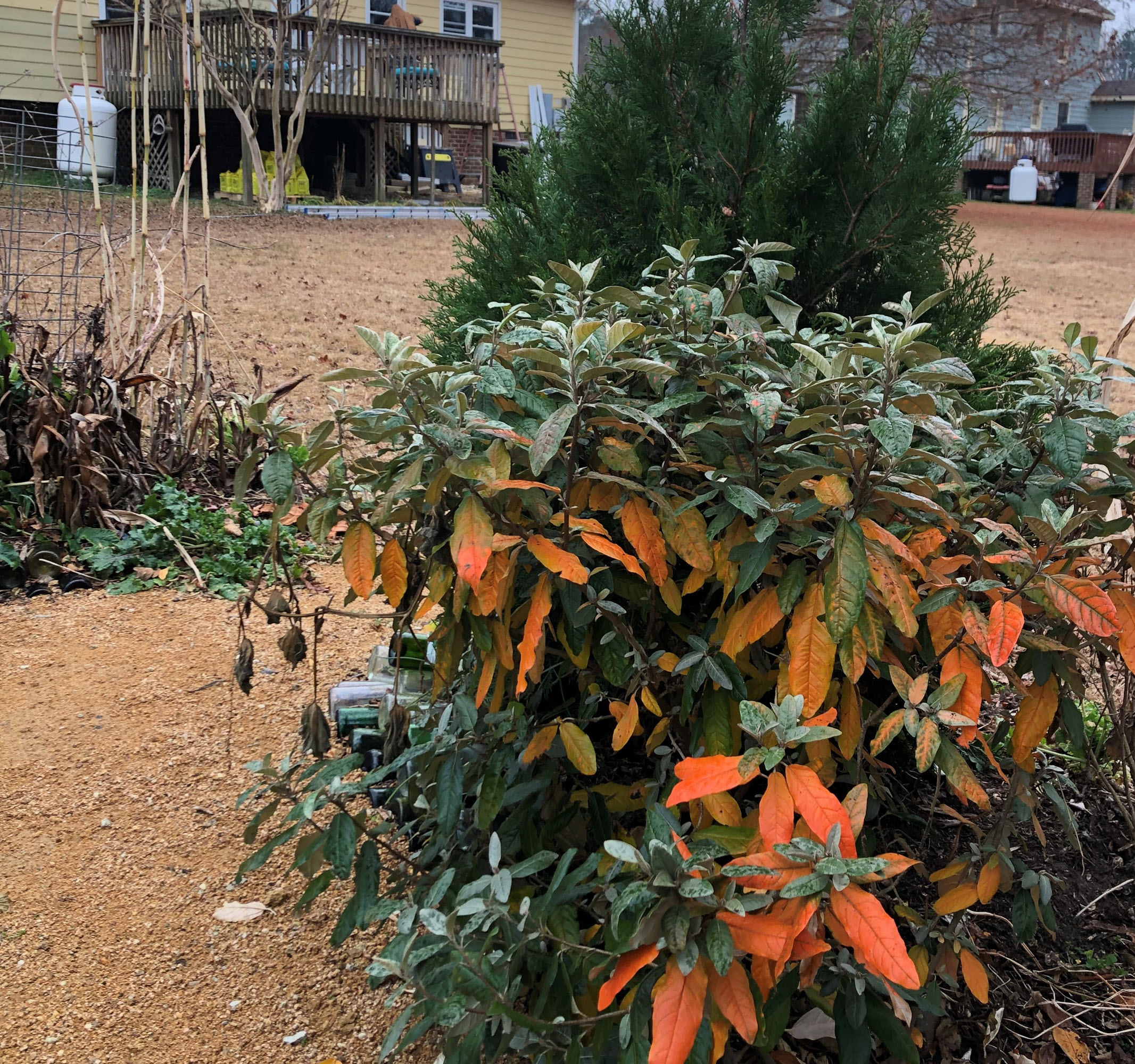
The Alabama croton tolerates neglect and dryness like a champ. Of course, if you want optimal growth plant it in Soil³! I grow mine in full sun with southwest facing exposure where it has thrived thanks to the Soil³ compost that provides everything it needs. Even during the driest times, it shows no signs of stress, a big contrast to more popular shrubs like hydrangea.
Deer Stay Away
Perhaps the most practical aspect of this specimen is its natural resistance to animals, like deer and rabbits! Plants in the spurge family possess a poisonous latex sap, as I mentioned earlier. Though it is not terribly dangerous it causes the plant to taste terrible, which is why animals leave it alone.
Have no fear, the Alabama croton is not lethal to humans or pets, but you may want to wear gloves when handling the plant to ensure you do not experience a rash from the sap.
| Botanical Details |
|
Botanical Name: Croton alabamensis
Common Name: Alabama Croton
Family: Euphorbiaceae
Hardiness: USDA Zones 6-8
Size: 6-10’ tall x 6-10’ wide
Location: Full sun to part shade
Soil: Moist and well-drained
Bloom Time: Early Spring - but grown for foliage
Foliage: Semi-Deciduous in mild climates
|
Worth Searching For
Take it from me, a certified plant nerd, this is one plant you do not want to live without! If your local garden center doesn’t have it in stock, ASK FOR IT! And share this blog so they will better understand why this plant is a must grow.
Brie
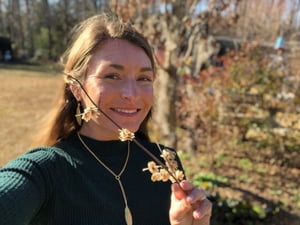
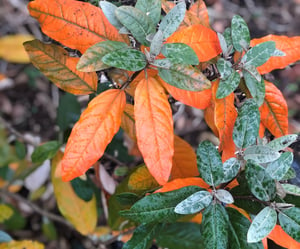

Did this help you out? Have any questions for clarity? Leave a comment below!